Filter by
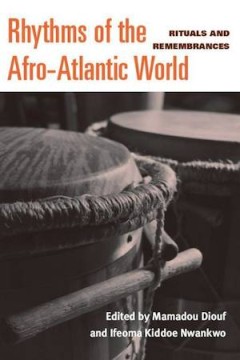
Rhythms of the Afro-Atlantic World: Rituals and Remembrances
Along with linked modes of religiosity, music and dance have long occupied a central position in the ways in which Atlantic peoples have enacted, made sense of, and responded to their encounters with each other. This unique collection of essays connects nations from across the Atlantic---Senegal, Kenya, Trinidad, Cuba, Brazil, and the United States, among others---highlighting contemporary popu…
- Edition
- -
- ISBN/ISSN
- 9780472070961
- Collation
- -
- Series Title
- -
- Call Number
- 780
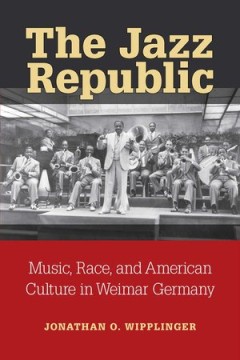
The Jazz Republic: Music, Race, and American Culture in Weimar Germany
The Jazz Republic examines jazz music and the jazz artists who shaped Germany’s exposure to this African American art form from 1919 through 1933. Jonathan O. Wipplinger explores the history of jazz in Germany as well as the roles that music, race (especially Blackness), and America played in German culture and follows the debate over jazz through the fourteen years of Germany’s first democ…
- Edition
- -
- ISBN/ISSN
- 9780472073405
- Collation
- -
- Series Title
- -
- Call Number
- 780
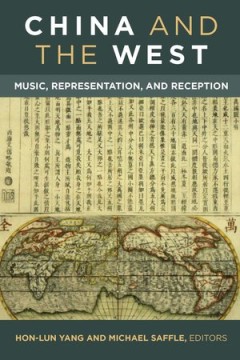
China and the West: Music, Representation, and Reception
China and the West: Music, Representation, and Reception is the first book to explore how Chinese and Western musical materials and traditions— those involving instruments, melodies, rhythms, staged diversions (including operas and musical comedies), concert works, film scores, and digital recordings of several kinds— have gradually moved closer together and become increasingly accepted, as…
- Edition
- -
- ISBN/ISSN
- 9780472130313
- Collation
- -
- Series Title
- -
- Call Number
- 780
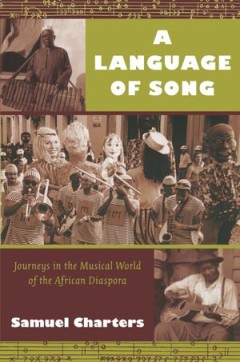
A Language of Song: Journeys in the Musical World of the African Diaspora
In A Language of Song, Samuel Charters—one of the pioneering collectors of African American music—writes of a trip to West Africa where he found “a gathering of cultures and a continuing history that lay behind the flood of musical expression [he] encountered everywhere . . . from Brazil to Cuba, to Trinidad, to New Orleans, to the Bahamas, to dance halls of west Louisiana and the great c…
- Edition
- -
- ISBN/ISSN
- 9780822343585
- Collation
- -
- Series Title
- -
- Call Number
- 780
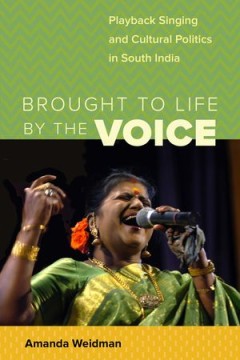
Brought to Life by the Voice: Playback Singing and Cultural Politics in South…
To produce the song sequences that are central to Indian popular cinema, singers' voices are first recorded in the studio and then played back on the set to be lip-synced and danced to by actors and actresses as the visuals are filmed. Since the 1950s, playback singers have become revered celebrities in their own right. Brought to Life by the Voice explores the distinctive aesthetics and affect…
- Edition
- -
- ISBN/ISSN
- 9780520976399
- Collation
- -
- Series Title
- -
- Call Number
- 781
 Computer Science, Information & General Works
Computer Science, Information & General Works  Philosophy & Psychology
Philosophy & Psychology  Religion
Religion  Social Sciences
Social Sciences  Language
Language  Pure Science
Pure Science  Applied Sciences
Applied Sciences  Art & Recreation
Art & Recreation  Literature
Literature  History & Geography
History & Geography